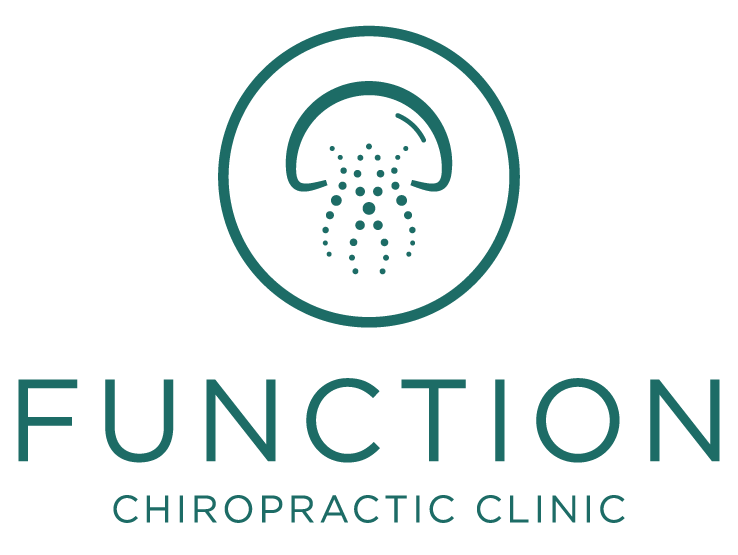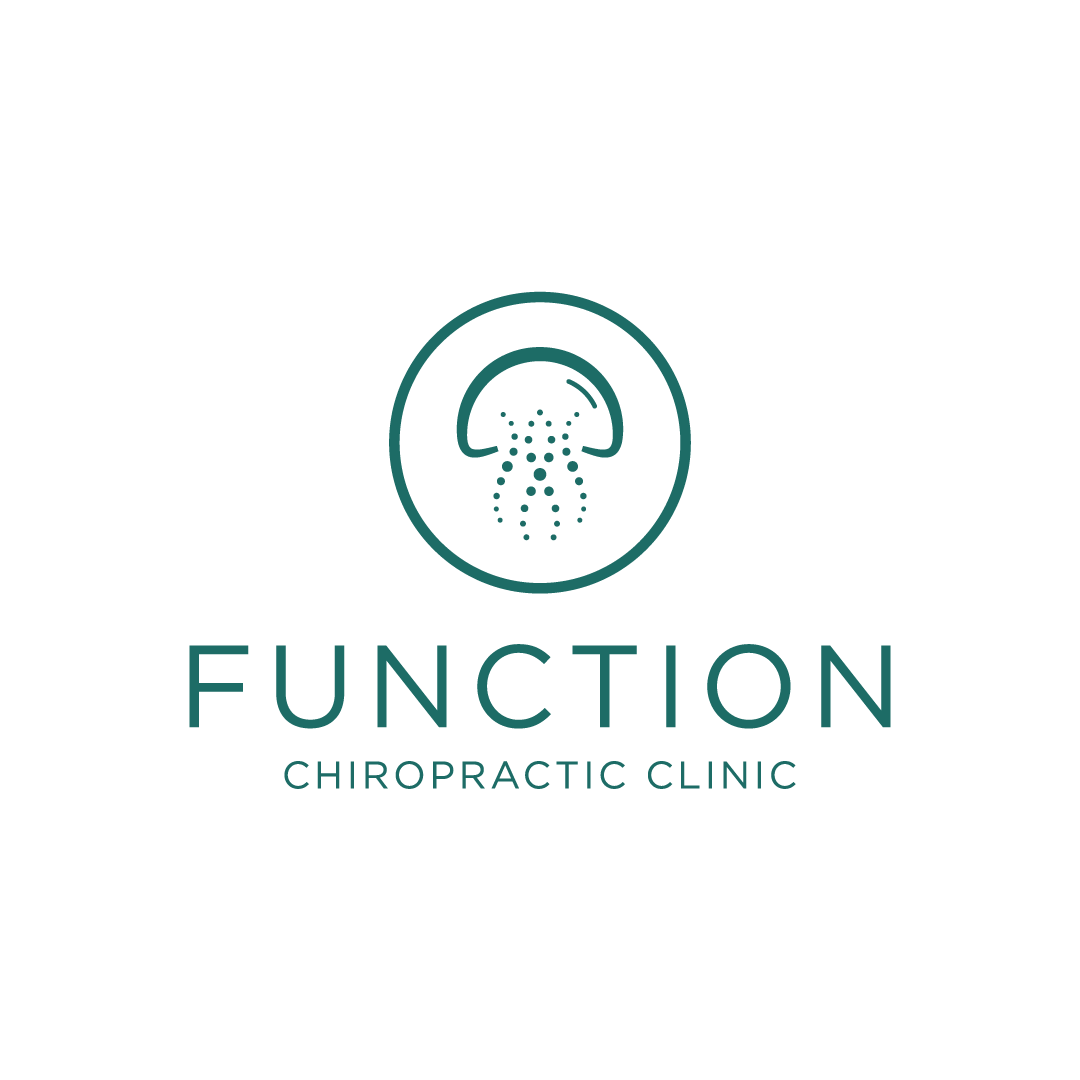FAQs
Here are some of the most common questions we get asked as chiropractors.
OUR LOGO
A jellyfish is one of the most primitive nervous systems, stemming back at least 500million years. The nervous system is what powers our entire body, and provides the premise for how we move, think, learn and feel and is intrinsically linked to both pain, and recovery from pain. Each tentacle has three curves, representing the cervical, thoracic and lumbar curves in our spine. Additionally, nothing embodies free movement like a jellyfish and that is exactly how we want you to feel.
-
Doctors of Chiropractic (D.C) must complete a five year full time masters degree to become a registered chiropractor. This qualifies them to carry out medical and health checks, x-rays and reports, neurological, orthopaedic and chiropractic tests.
To retain our title, we must be registered with the General Chiropractic Council (GCC), undertake 30 hours of further training per year (CPD) and be fully insured with medical indemnity.
-
Adjustments are chiropractic treatments. The aim is to reduce pain and inflammation by restoring movement to the spine, pelvis and any other areas that are restricted which in turn relieves pressure from the nerves, muscles and surrounding connective tissue (fascia). These are efficient, effective and specific treatments.
Our goal is to look at your long term health, and create new pathways for more efficient movements. We are not just about the quick fix.
-
We can treat the whole body, from headaches to flat feet. We take this approach with every case that comes in, so we treat your body as a whole, not just the bit that hurts. This is known as a holistic approach.
-
Spinal work should never be painful. Sometimes muscle work, even though it is more superficial, can be sore due to pre-existing inflammation. If pain ever exceeds a 7/10 then let your practitioner know as it can be counter-productive. ‘No pain no gain’ has its limits!
-
No. We spend many years refining the sensitivity in our hands so working over clothes is something we do very well!
-
Anything that doesn't restrict your movement. It is easier if the clothing is loose and can be moved around. Tight shirts and jeans are normally the only thing that can cause an issue, but mostly people wear anything from gym wear to work clothes.
-
Absolutely! Chiropractic works especially well alongside sports therapy. Just like a house, you would have your plumber do one thing, electrician do another, rather than get a handyman to do everything. Your body is the same.
-
Yes, we will adapt our treatments to suit your level of joint hypermobility, and provide exercises or advice alongside.
-
You’ll often hear conflicting advice on heat and ice, and the reason for this is that research keeps changing. Ice reduces blood flow thereby reducing inflammation and numbs the nerve endings. Heat increases blood flow thereby increasing inflammation and aids muscle relaxation.
However it gets complicated when we look at exactly when inflammation is a good thing or a bad thing. Inflammation sounds like a bad thing, but it is when the blood brings all the healing proteins and white blood cells to injured tissue, and evidence says it can promote quicker healing because of this.
Ultimately it will depend on your goal and what feels best. We personally recommend ice if your goal is to get the pain under control, especially if it's from a joint, disc or nerve. We recommend heat if you have muscular tension, or we need to promote healing. Some bodies havent read the text book though, so do what feels best and remember a maximum of 20 minutes for ice.
-
The two ways injury occurs is either repetitive microtrauma or a single major trauma. Repetitive microtrauma is not something you notice when it's building up, and these are often the people who report “it just came out of nowhere” and these are much more common than major traumas. These triggers are our daily habits that build up, such as driving, sitting, work, looking after kids or the house. Major trauma can be a fall, surgery or car accident.
If you think of it like a points system - if pain comes in at 100 points then you can do a 1-pointer 100 times, or a 100-pointer once, but the end result is the same.
-
This is called spinal manipulation, and we can do it but this doesn’t mean we will. Depending on your history and examination you may suit a different style of treatment. We absolutely don’t do this for everyone, and it should never be painful.
-
No. Nor will we “do that thing you saw on Tiktok”. Sorry! The online videos generally are for show, so often they will have naturally ‘clicky’ people with speakers attached to them. In reality adjustments are far less theatrical.
-
Yes, and with a variety of approaches it can help with many pregnancy related concerns such as Pelvic Girdle Pain (PGP), Symphysis pubis dysfunction (SPD), sciatica, Sacro-iliac dysfunction (SID), diphragm issues. As you progress through your pregnancy, we have a special pregnancy pillow that allows you to lay on your front comfortably, in a position that relieves the pressure in the base of the spine and we have a variety of techniques we can use when the joints become more lax. In the case of breach babies, we cannot turn the baby, but there are certain treatments that can help relax the pelvic and abdominal area.
-
Yes, and the adjustments are very gentle and suited to their age, body and personal preference. The pressure used is what you'd use to test a ripe tomato, they are very gentle and often parents report their little ones sleep well afterwards and always look forward to the next one. At Function Chiropractic, we cater for the age of 4 and up, although if you are looking for a pediatric specialist for under 4 please get in touch and we can refer you.

